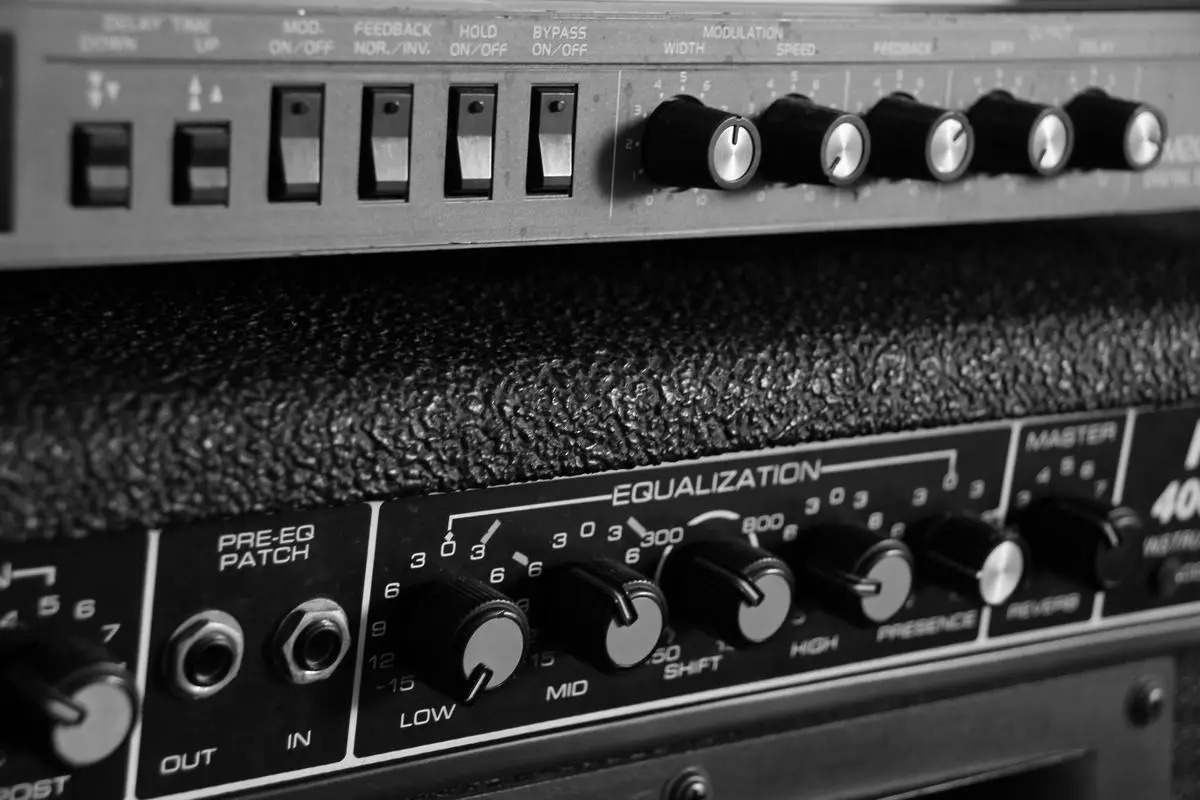Ensuring your church or event space has a sound system that meets the needs of your congregation or audience is crucial. A well-functioning sound system enhances the immersive experience of worship or any event, making every word and note clear and impactful. This guide will show you how to evaluate your current sound setup, the importance of acoustic treatment, and tips for upgrading your equipment to achieve optimal sound quality.
Assessing Your Current Sound System
Evaluating Your Church’s Current Sound System
Understanding and evaluating your church’s sound system is crucial for ensuring an engaging and impactful worship experience. Here’s a straightforward guide to help you accurately assess your current setup.
Examine the Sound Quality
Start with the basics: sound quality. Check for any distortion, which often sounds like crackling or fuzziness, especially at higher volumes. Clear sound is essential for speakers and music to be understood and enjoyed by the congregation.
Assess Speaker Placement
Speaker placement can significantly affect sound coverage and quality. Ideally, speakers should be positioned to evenly distribute sound throughout the entire congregation area, without creating overly loud or quiet spots. This ensures everyone hears the service at an appropriate volume.
Evaluate the Mixer
The mixer is the heart of the sound system, allowing for adjustments to volume, tone, and balance among microphones, instruments, and other inputs. Ensure it has enough channels for your needs and that it’s functioning properly. It should allow for clear blending of different sound sources without distortion.
Check Microphones and Cables
Inspect the microphones and cables for any signs of wear or damage, as these can lead to poor sound transmission. Wireless microphones should maintain a strong, consistent signal without interference. Test each microphone and cable to ensure they’re in good working condition.
Understand the Room Acoustics
The acoustics of the room play a significant role in sound quality. Hard surfaces can cause echo, while too much soft furnishing can muffle sound. Consider the balance of materials in your space and think about acoustic treatments if necessary to improve sound clarity.
Consider the Congregation’s Feedback
Feedback from the congregation can provide invaluable insights into the performance of your sound system. Listen to comments regarding the audibility and clarity of services. This direct feedback can highlight areas that may need adjustment or improvement.
Up-to-Date Technology
Technology evolves, and so do sound system capabilities. Assess whether your system is outdated and could benefit from newer technology. Upgrades can lead to significant improvements in sound quality and system usability.
Professional Evaluation
If you’re unsure or find significant issues, consider hiring a professional sound engineer to conduct a thorough evaluation. They can offer expert advice on potential upgrades or adjustments to improve your church’s sound system.
By following these steps, you can accurately evaluate your church’s current sound system, ensuring it meets the needs of your worship services and provides a fulfilling experience for your congregation. Remember, a well-functioning sound system is key to connecting your community through clear, impactful sound.

Acoustic Treatment of the Church
Optimizing Acoustic Treatment for Enhanced Church Sound Quality
Acoustic treatment plays a pivotal role in amplifying the sound quality within a church environment. It’s designed to manage sound reflections and absorb unnecessary echoes that can muddle speech clarity and music purity. This process starts with identifying the surfaces that cause sound reflections, such as bare walls, ceilings, and even hard floors.
One of the first steps involves installing acoustic panels. These panels are strategically placed to tackle direct sound reflections, ensuring that sound waves are absorbed rather than bouncing around the room. By doing so, speech intelligibility is significantly improved, making sermons and announcements easier to understand.
Diffusers are another vital component of acoustic treatment. Unlike panels that absorb sound, diffusers scatter sound across various directions, helping to distribute audio evenly throughout the church. This is particularly beneficial for music, providing a balanced sound that reaches every corner of the space without overwhelming certain areas.
Bass traps are installed in corners where low-frequency sounds tend to accumulate and create a muddy sound experience. These traps absorb excessive bass, thus clarifying the overall sound output. This adjustment is crucial for music-centric churches where depth and clarity of sound are paramount.
Finally, the installation of sound-absorbing materials on floors, such as carpets, can significantly reduce footstep noises and other distractions. Additionally, optimizing window treatments with heavy drapes can minimize external noise interference, ensuring that the focus remains on the service.
In conclusion, acoustic treatment is essential for enhancing sound quality in churches. It involves a series of adjustments from installing acoustic panels, diffusers, and bass traps, to selecting appropriate floor and window treatments. These steps collectively contribute to a more immersive and clear auditory experience for congregations, enriching their worship and fellowship.

Upgrading or Enhancing Sound Equipment
Upgrading Your Sound System for Enhanced Audio Performance
Improving your church or event space’s sound quality isn’t just about adjusting knobs on a mixer or repositioning speakers. It requires a thoughtful approach to upgrading key sound equipment. By focusing on a few critical components, you can significantly enhance the clarity and richness of your audio output.
Prioritize Power Amplifiers
The heart of your sound system, a power amplifier, is crucial for boosting audio signal strength before it reaches the speakers. An underpowered amplifier can lead to distorted sound at high volumes. Conversely, an overpowered one might damage your speakers. Opting for a modern, high-quality amplifier that matches your speakers’ power requirements ensures clean, robust sound without distortion.
Upgrade to High-Quality Speakers
Speakers directly influence your audio output’s quality, making them a critical upgrade. Today’s market offers a variety of options tailored for different spaces and audio profiles. Look for speakers with a wide frequency range and excellent clarity across all volume levels. Consider the size of your space and the typical sound level to select speakers that deliver rich, full sound without straining.
Invest in a Digital Mixer
Digital mixers provide unparalleled control over your sound. They allow you to easily adjust levels, apply effects, and save settings for consistent quality across different events. Additionally, many digital mixers offer the ability to control the mix remotely via tablets or smartphones, enabling adjustments in real-time based on the listening experience throughout the space.
Experiment with Wireless Microphone Systems
For flexibility and performance, upgrade to professional-grade wireless microphones. Quality wireless systems reduce the likelihood of interference, drop-outs, and audio quality issues commonly associated with lower-end models. They also allow speakers or performers to move freely, ensuring consistent sound quality without being tethered to a specific location.
Conclusion
Upgrading your sound equipment entails more than just purchasing the newest models; it’s about investing in quality components that work together to produce the best sound for your space. By focusing on these key areas—power amplifiers, speakers, digital mixers, and wireless microphone systems—you can achieve a noticeable improvement in sound quality that enhances the listening experience for everyone in your congregation or audience. Remember, the goal is to create a seamless, enriching audio environment that complements your space’s acoustics and meets your community’s needs.

At the heart of engaging and impactful gatherings lies a sound system that perfectly blends clarity, richness, and balance. By assessing your current setup, treating your space acoustically, and making informed upgrades to your equipment, you ensure that every message and piece of music resonates deeply with your audience. Remember, a superior sound system is not just about technology; it’s about creating moments that connect and inspire. Let’s embrace these steps to provide a sound experience that uplifts and unites your community.













